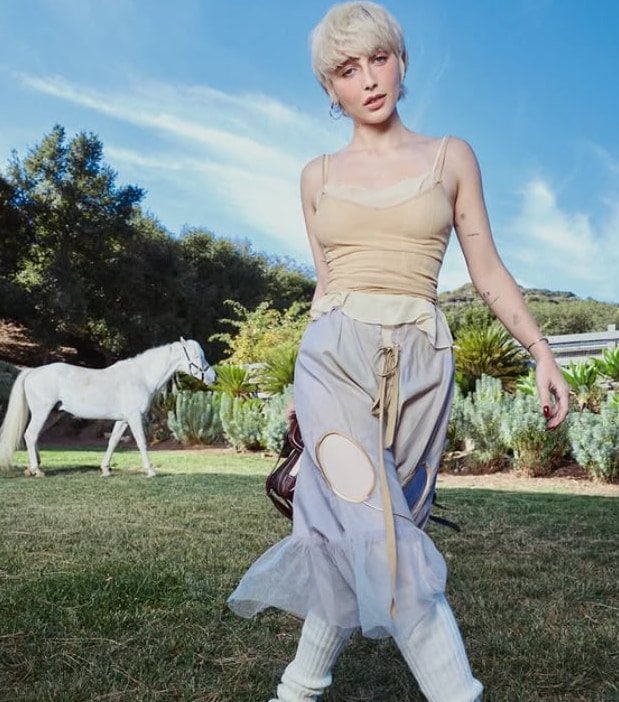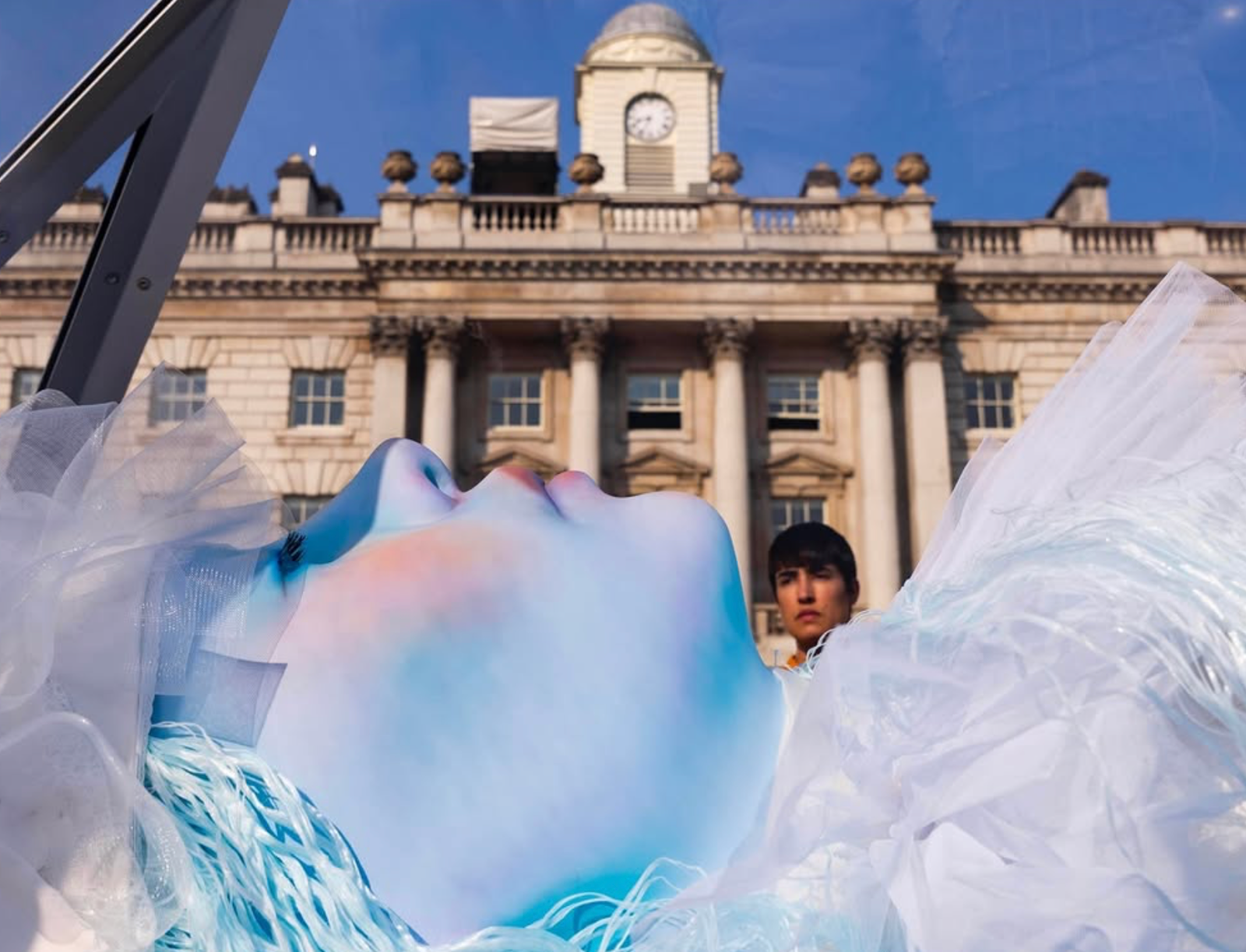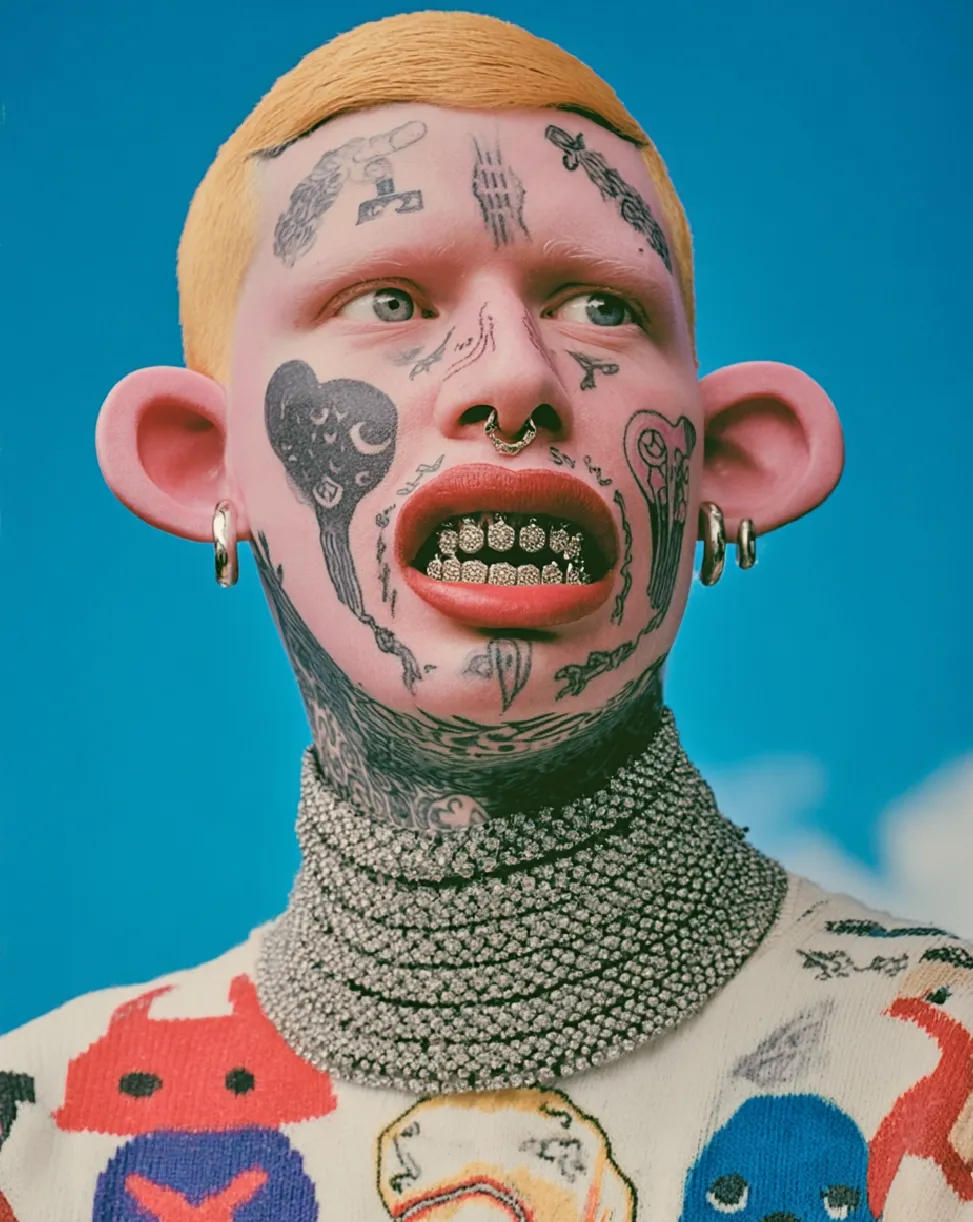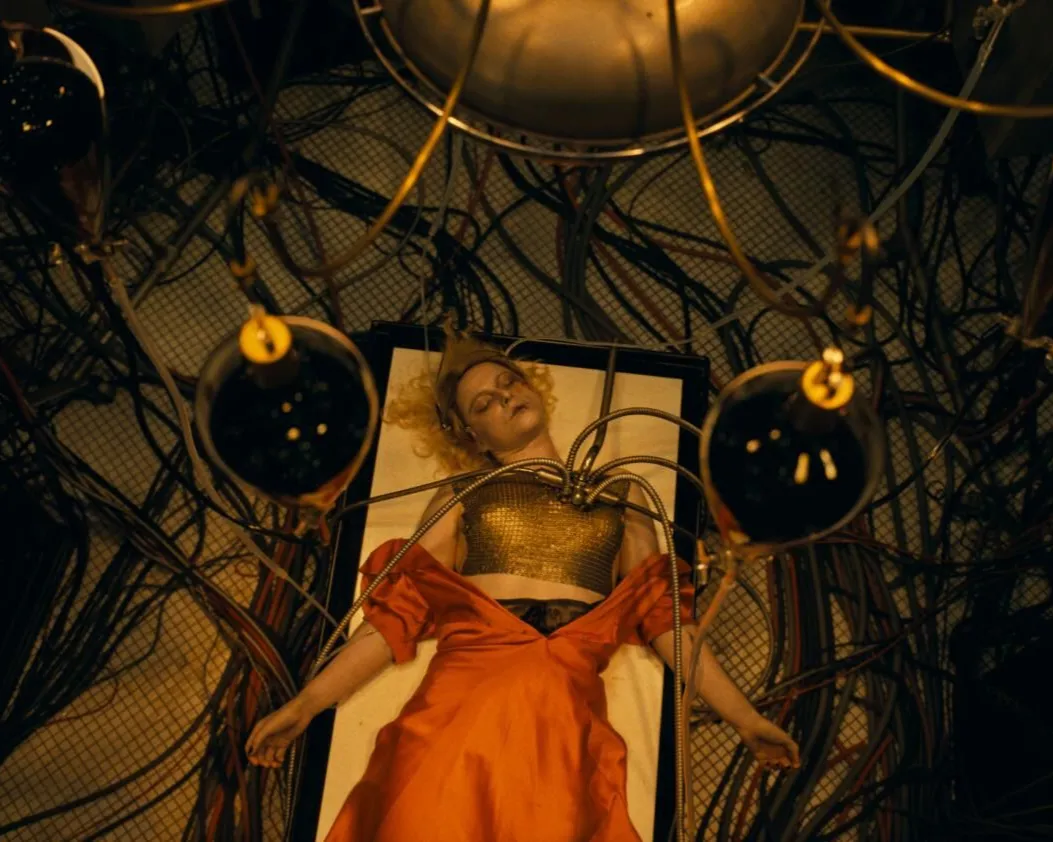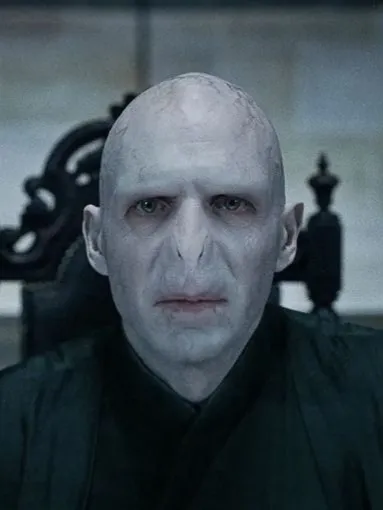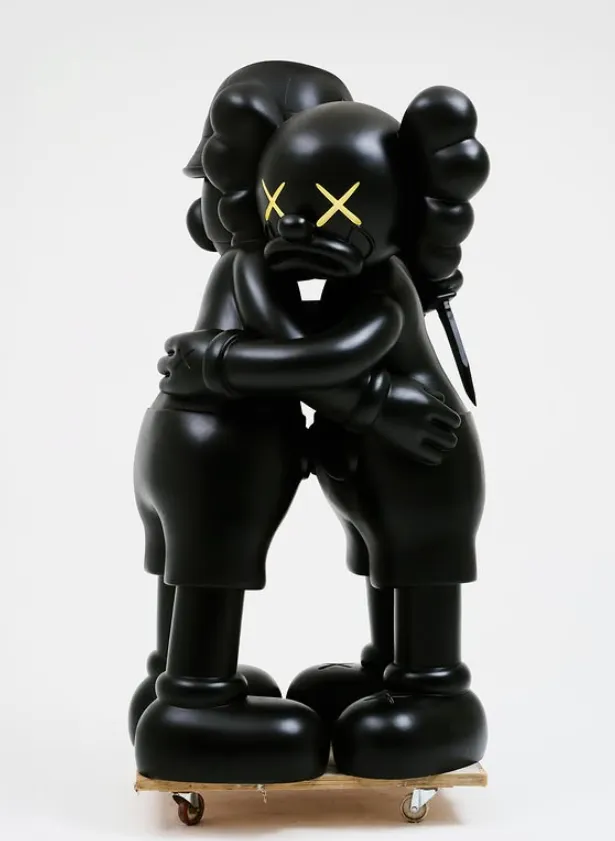This year’s Aichi Triennale arrives with new faces and a lot to say—a charged, global conversation disguised as an art exhibition. Titled A Time Between Ashes and Roses, the sixth edition of Japan’s largest recurring contemporary art event gathers roughly sixty artists and collectives from twenty-two countries across Nagoya, the industrial heartbeat of Aichi’s Prefecture. It’s a city where steel and concrete meet sudden sparks of tenderness, a fitting backdrop for an exhibition built on collision.
Curated by Hoor Al Qasimi, president and director of the Sharjah Art Foundation, the triennale questions our reality. Al Qasimi draws on a line from Syrian poet Adonis, whose words emerged from the political upheavals of 1967: “A time between ashes and roses is coming / When everything shall be extinguished / When everything shall begin again.” It’s a haunting prophecy and a rallying cry. Renewal, decay, and the precarious bloom of beauty shape the emotional terrain of this year’s show.
“Nature really comes into it,” Al Qasimi explains, pointing to the image of withered trees daring to blossom. Some of the installations that convey a must-see are “Unforgettable residues” by Rui Sasaki, “Between currents and bloom” by Mulyana, “Photographs with flags” by Mohammed Kazem and “Sky revolution” by Bassim Al Shacker, among many magnificent others.
Rather than offering comfort, A Time Between Ashes and Roses thrives on contradiction. Visitors move between installations that seduce with color and sound, only to reveal deeper fractures beneath the surface. It’s an exhibition that demands presence: a space where art becomes both refuge and political resistance.
In a world spinning with crises, the Aichi Triennale offers no tidy answers. Instead, it gives us a moment between—the ashes of what has burned and the roses of what might still bloom. This is art as an act of defiance, a reminder that even in the darkest seasons, something alive is always reaching for the light.









